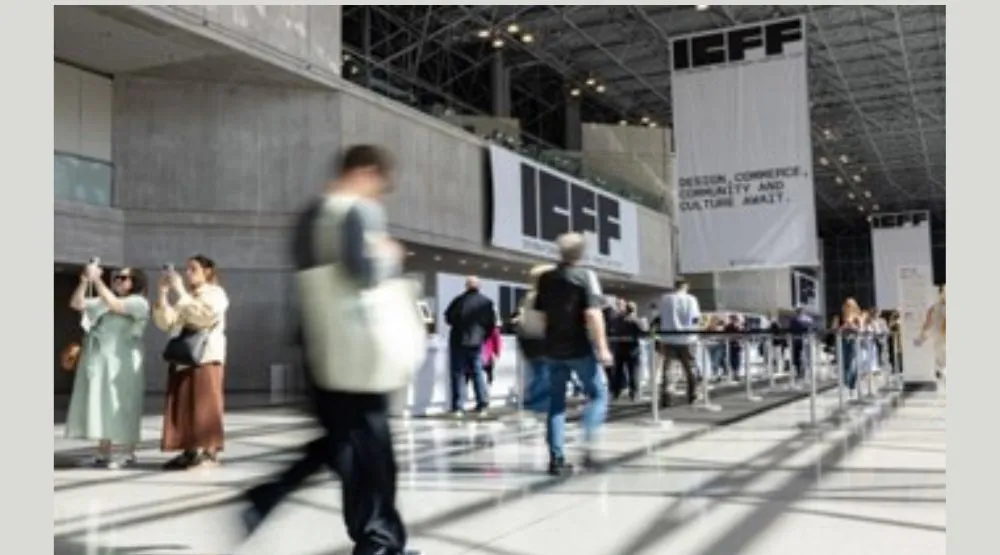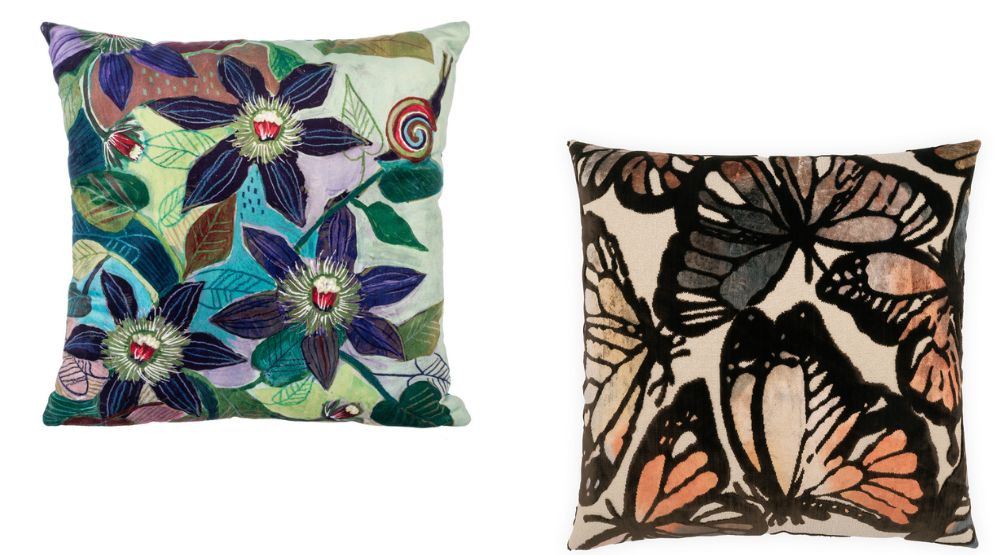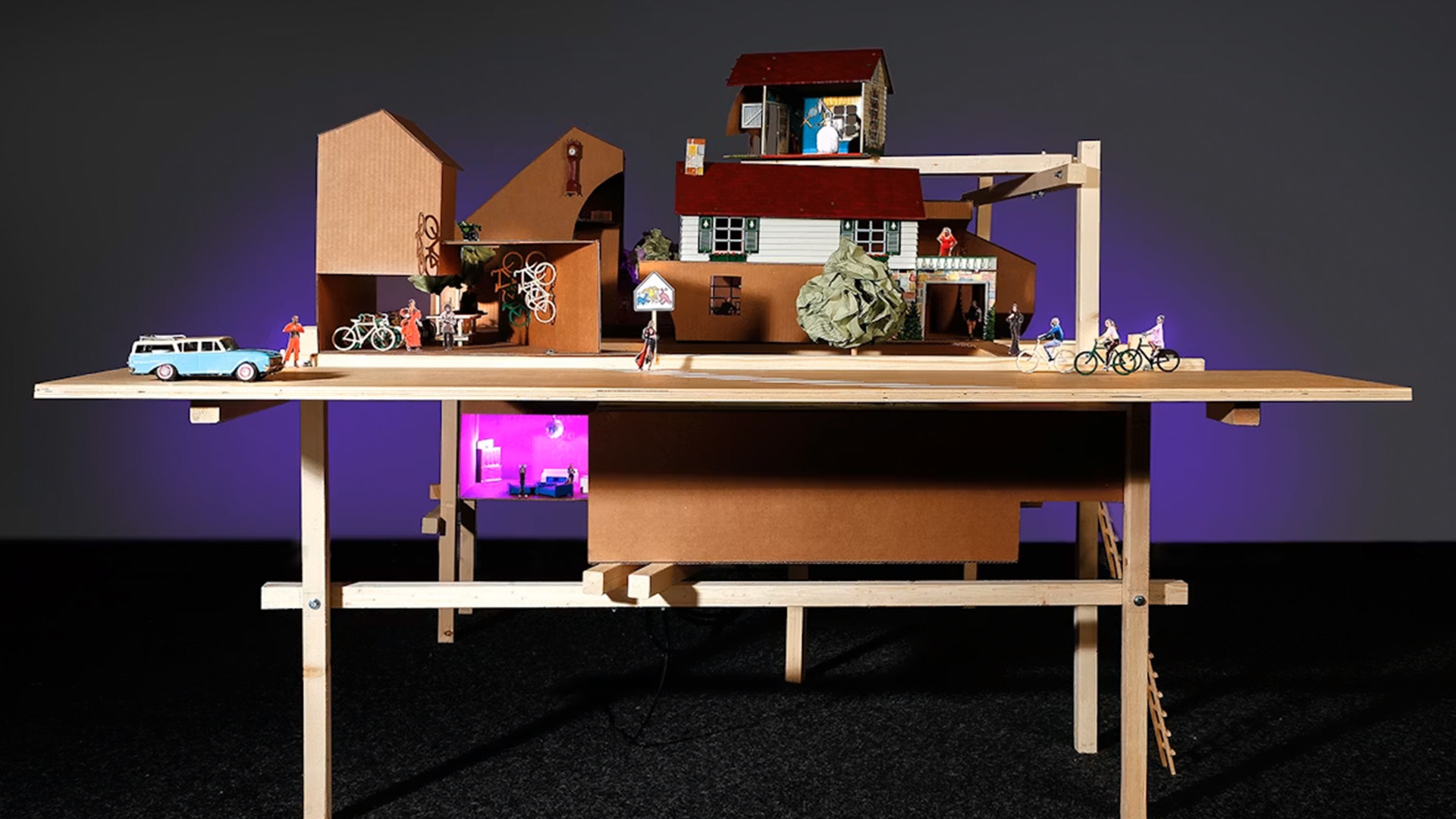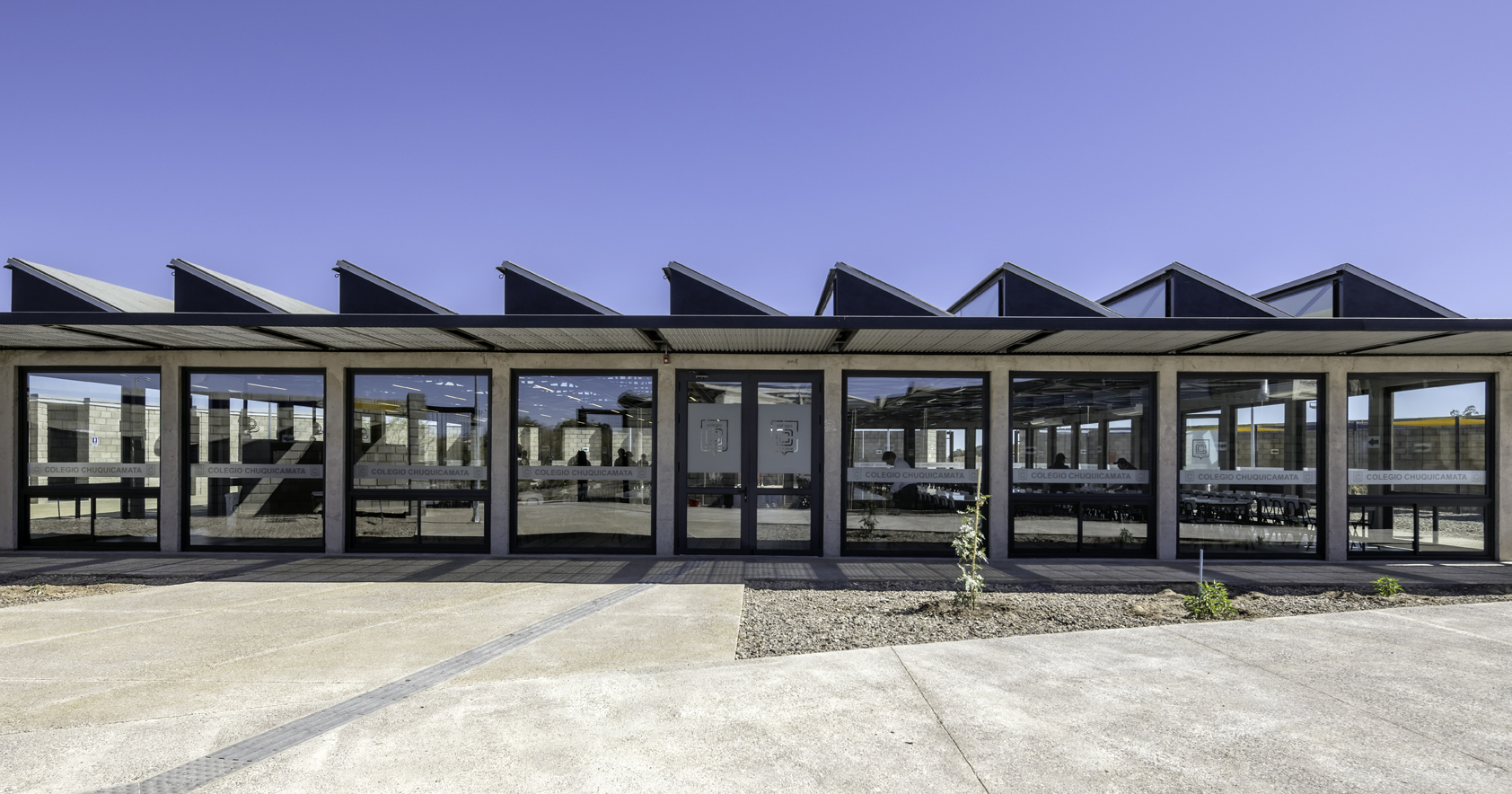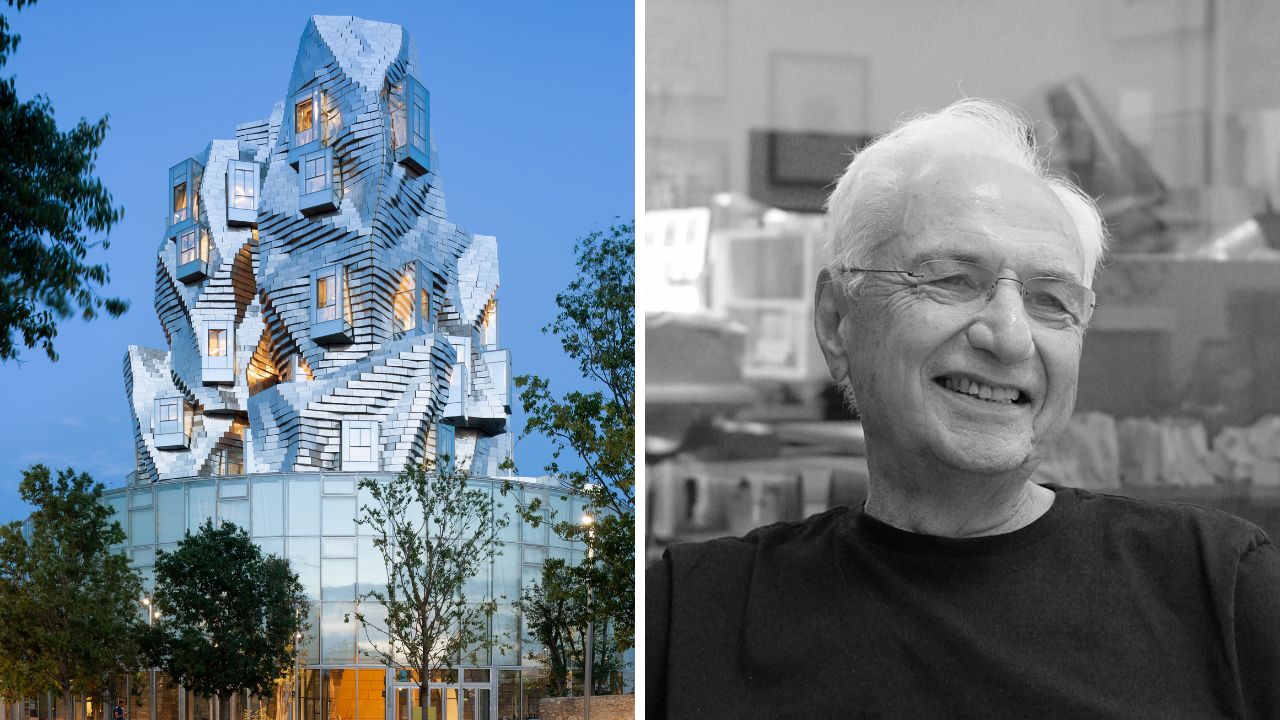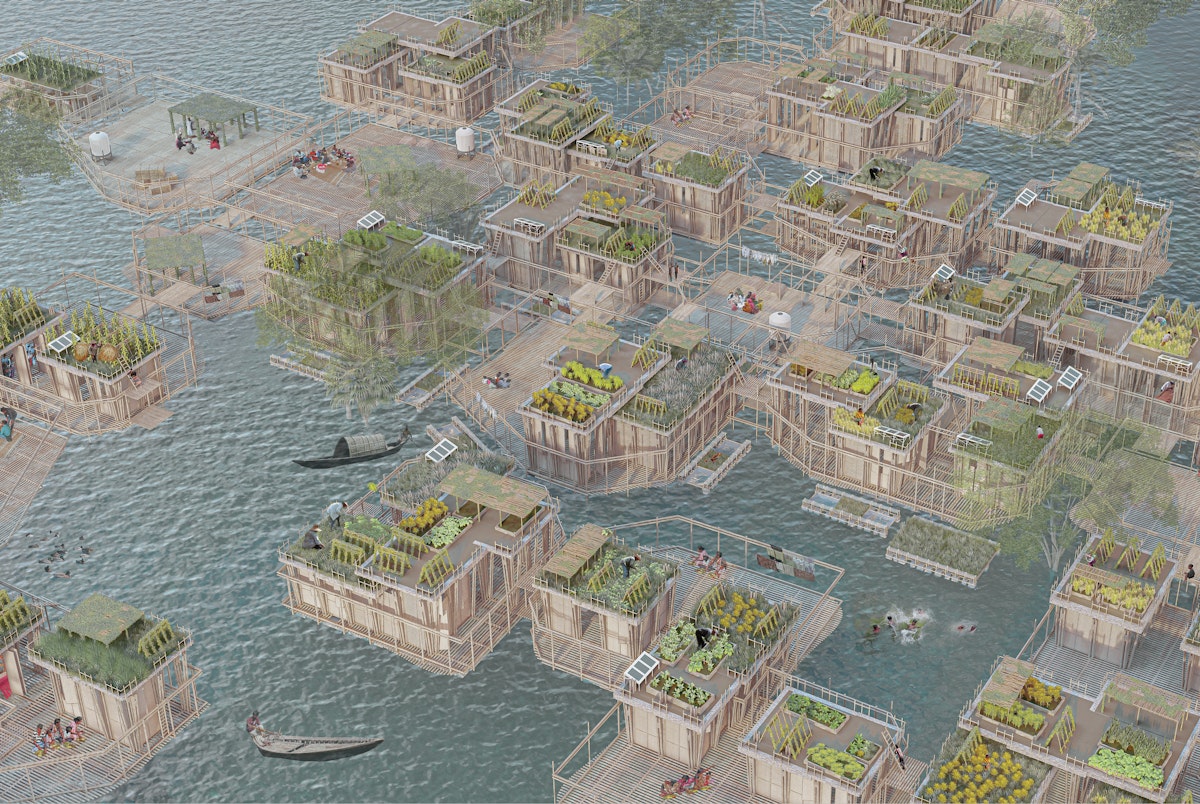Romanticism 2.0: Arts and Crafts in the Age of Algorithms
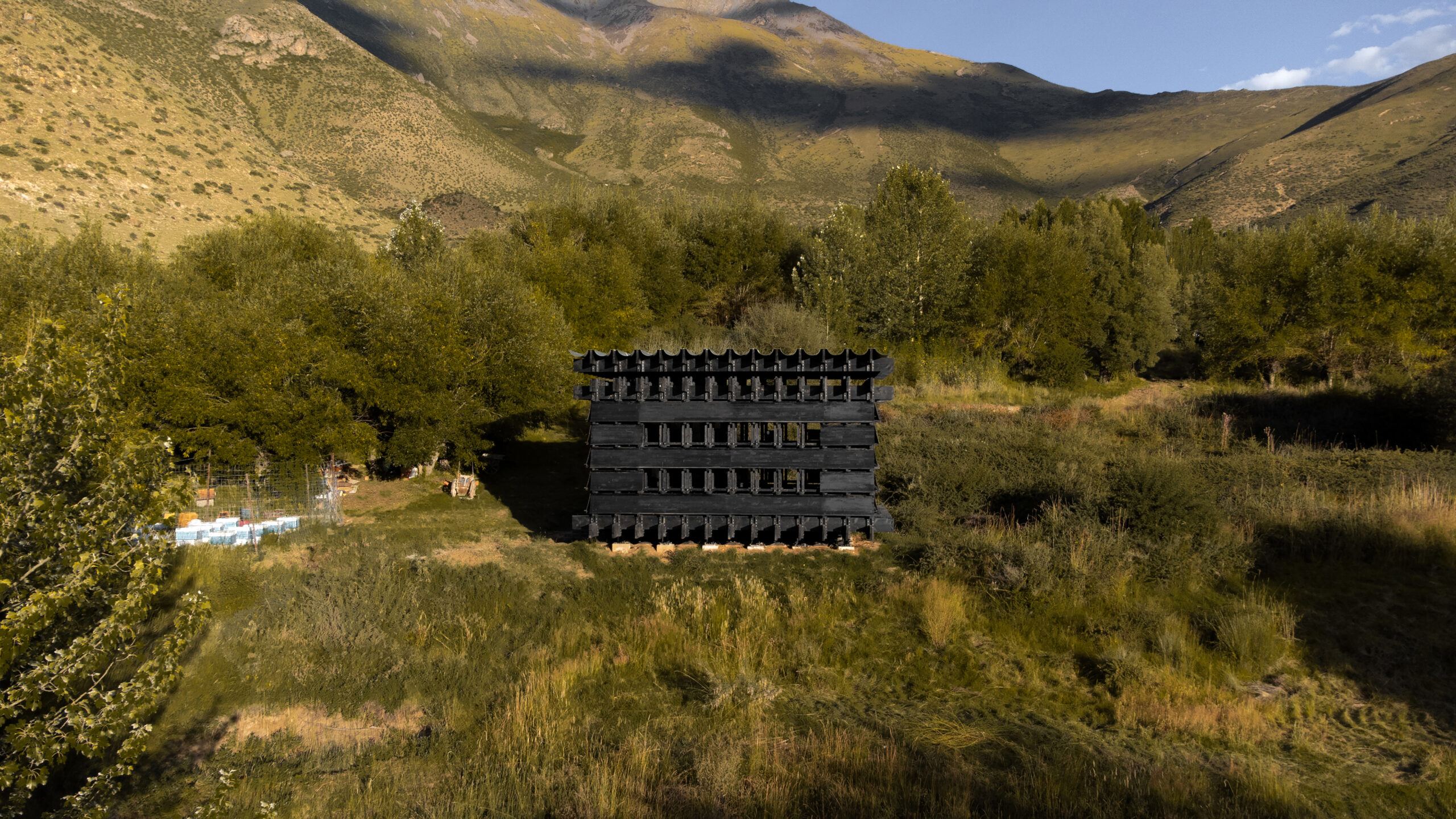
The winners of the 13th Architizer A+Awards have been announced! Looking ahead to next season? Stay up to date by subscribing to our A+Awards Newsletter.
Few events in modern history have had as profound an impact on society as the Industrial Revolution. During this transformative period, industrialization replaced centuries of localized craft and agrarian rhythms with a new paradigm of scale, efficiency and uniformity. Work became faster and cheaper but increasingly detached from place, while daily life grew more rigid, less attuned to nature and more governed by the clock. Sounds a little too familiar, doesn’t it? That’s because…it sort of is.
While the tools in the Age of Information are digital rather than mechanical, the trajectory mentioned above feels much the same. Algorithms and automation promise greater efficiency, wider reach and a guaranteed uniformity that smooths over the irregularities of daily life and the human touch that used to shape it.
But history is here to remind us that rapid progress is often followed by a quiet (or sometimes, not so quiet) longing for what it leaves behind. Even if we haven’t officially named it that, the signs are already here: cottagecore, handmade goods, the rise of “slow” living. All in all, a culture yearning for the past. And yearning, after all, has always been at the heart of romanticism.
Could a new romantic era already be underway? Quite possibly. But what would that mean for architecture then? And what are the signs that tell us it’s arriving? To answer these questions, it helps to start at the beginning.
What is Romanticism, Anyway?
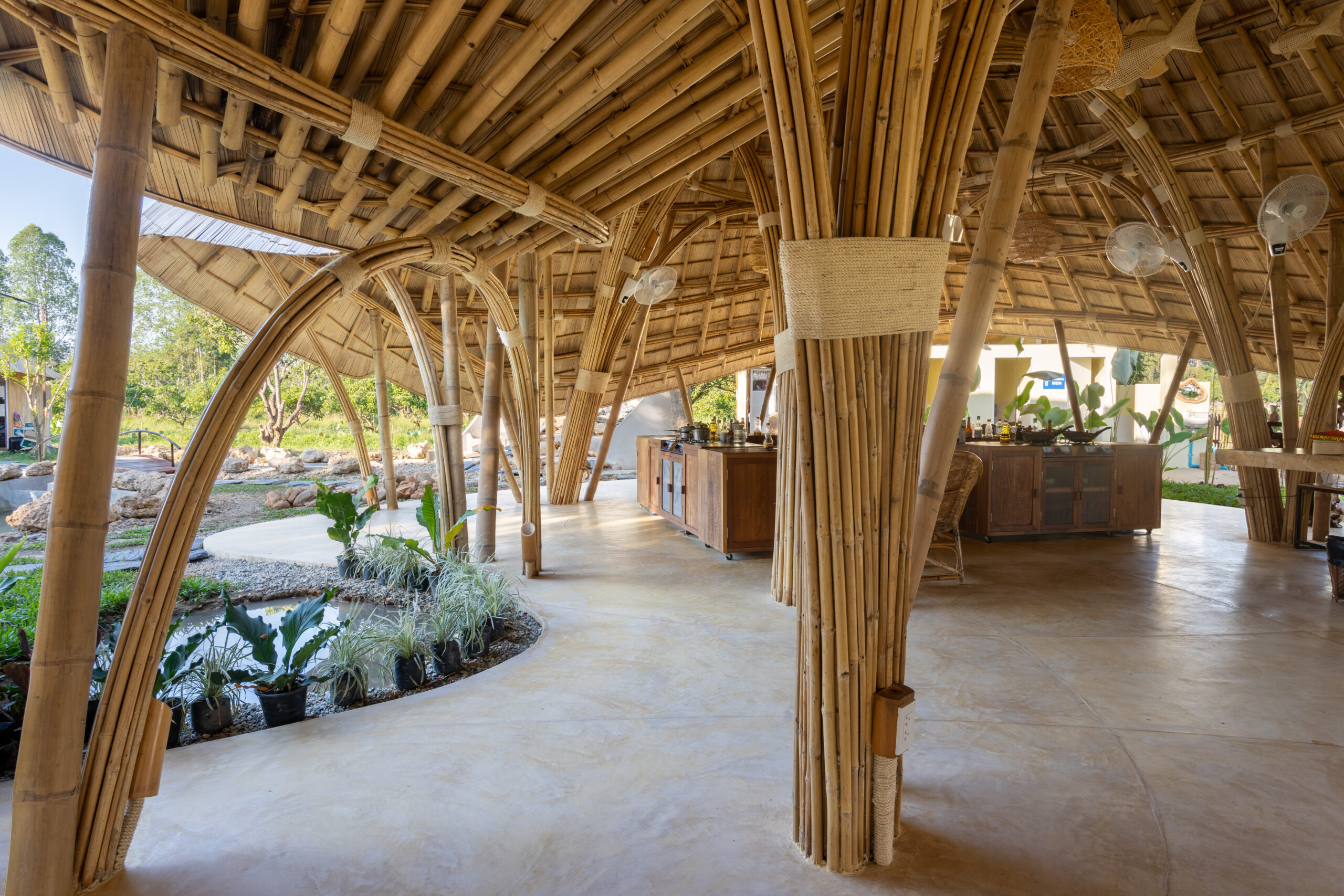
The Bull @ Zab e Lee Cooking School by Chiangmai Life Architects, Chiang Mai, Thailand | Jury Winner, 13th Annual A+Awards, Sustainable Hospitality Building
Romanticism emerged in the late 18th and early 19th centuries as a cultural and artistic response to the rationalism and industrialization of the modern era. Rejecting uniformity and mechanization, it placed new importance on emotion, individuality and the power of nature. Writers such as Wordsworth, Goethe and Byron defined the movement’s literary voice, while works like Frankenstein and The Stones of Venice reflected its unease with unrestrained progress and its fascination with memory, craft and the sublime.
In architecture, these ideals translated into a revival of forms and sensibilities that celebrated irregularity, sense of place and the human hand. The Gothic Revival looked to the richness and moral resonance of medieval buildings, advocated by figures like Augustus Pugin and John Ruskin. The Arts and Crafts movement carried the same principles into everyday life, prioritizing honest materials and visible craft over industrial sameness. Alongside it, the Picturesque ideal shaped cottages and follies that seemed to grow naturally from the landscape, embracing asymmetry, informality and local tradition.
Romantic architecture, much like the movement as a whole, stood as a critique of homogeneity, quietly defending memory and meaning, two qualities that feel increasingly relevant again.
Why Romanticism Now?
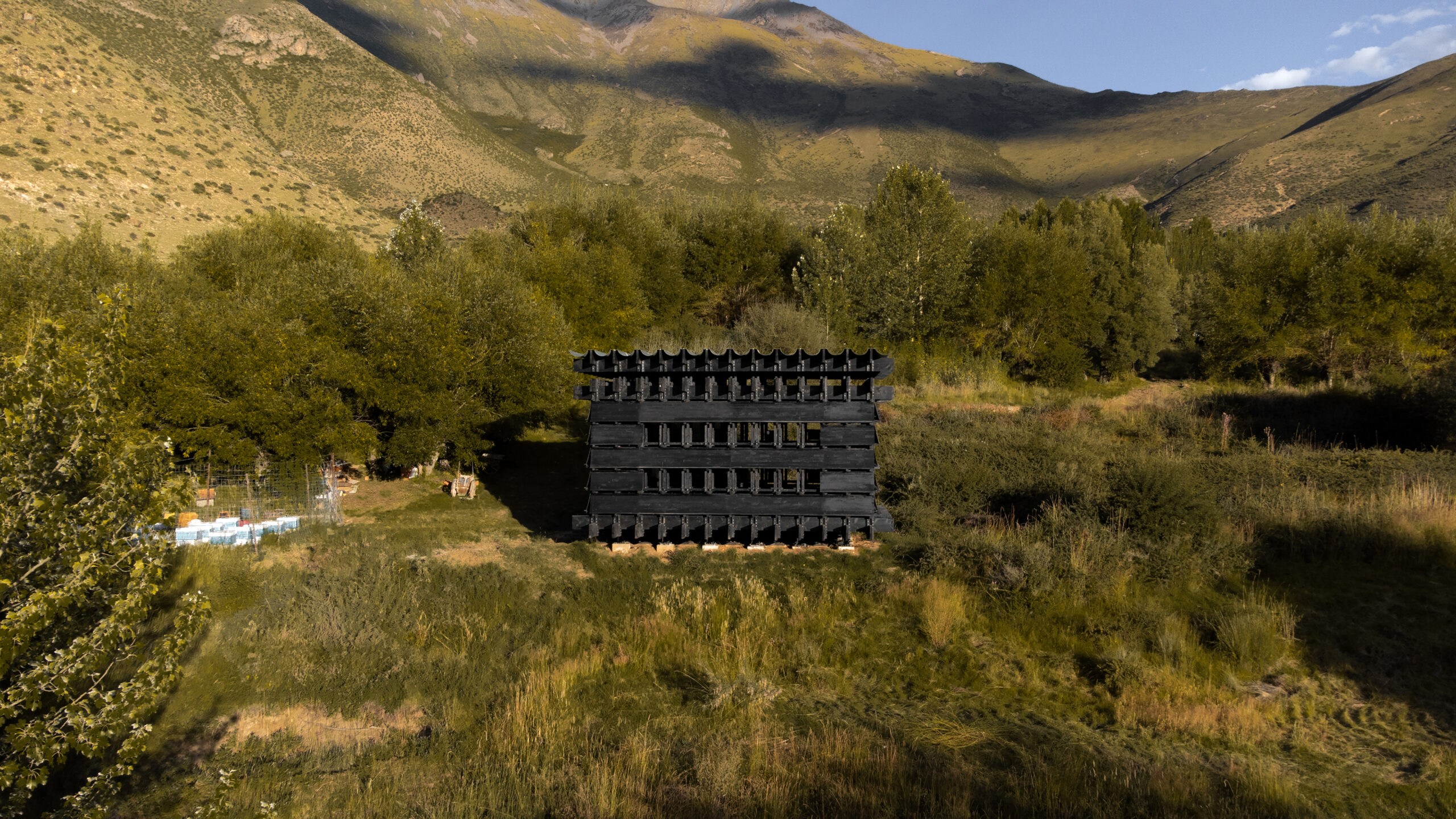
Shannan Beehive Observation Cabin by OMNO Lab, Qonggyai County, Shannan, China | Jury Winner, 13th Annual A+Awards, Architecture +Localism
It is not hard to see why Romanticism is resurfacing. The conditions that inspired it the first time feel quite familiar. Then, it was factories, carbon-filled cities and a relentless rise of mass-produced goods, all of which contributed to the alienation from nature and craft. Now, it is algorithms, automation, global supply chains and a new kind of homogeneity (one driven not by steam but by data). Yet, the results are strikingly similar.
True, our daily lives have become more efficient, but at the cost of a sense of place and humanity. Homes, streets and even entire cities often feel interchangeable, shaped by the same templates and stocked with the same materials, regardless of where they stand.
The global reach of supply chains has made more things more accessible, stripping away much of the individuality and material connection that once defined how we inhabited space in the process. Moreover, this new system brought ecological consequences such as rising emissions, resource depletion and alienation from local culture, which at this point has become impossible to ignore.
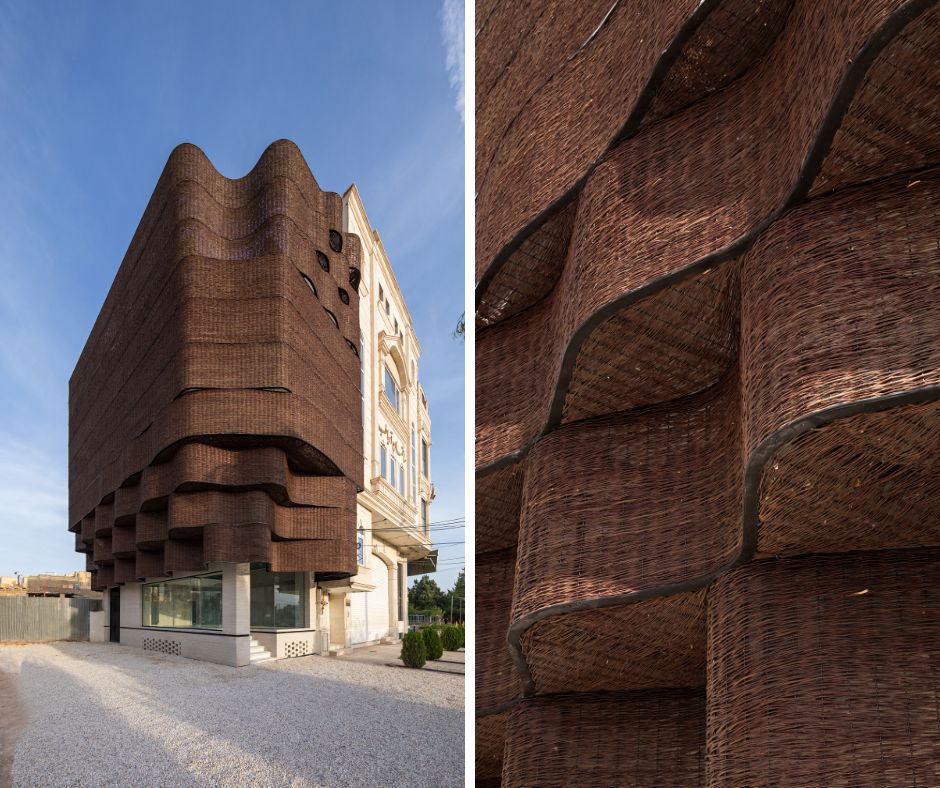
Arghavan (Cercis) Commercial Project by 13 Degrees Architecture Studio, Yazd, Iran | Popular Choice Winner, 13th Annual A+Awards, Architecture +Innovation
A response to these changes is already underway, as more architects and clients look for approaches that feel both rooted and intentional. Craftsmanship and the visible presence of the maker’s hand are increasingly valued not just as nostalgic gestures but as meaningful ways to reconnect people with the spaces they inhabit. This has gone hand in hand with a renewed interest in regional materials and site-specific design, which offer a way to push back against the sameness of global production while giving projects a stronger sense of place. Emotional resonance, too, is being brought back to the center of design thinking, not as a secondary effect but as a legitimate and essential goal.
But instead of rejecting progress outright, this shift reflects an acknowledgment of its limits and a deliberate attempt to recover what has been lost along the way.
What Does Romanticism 2.0 Look Like?
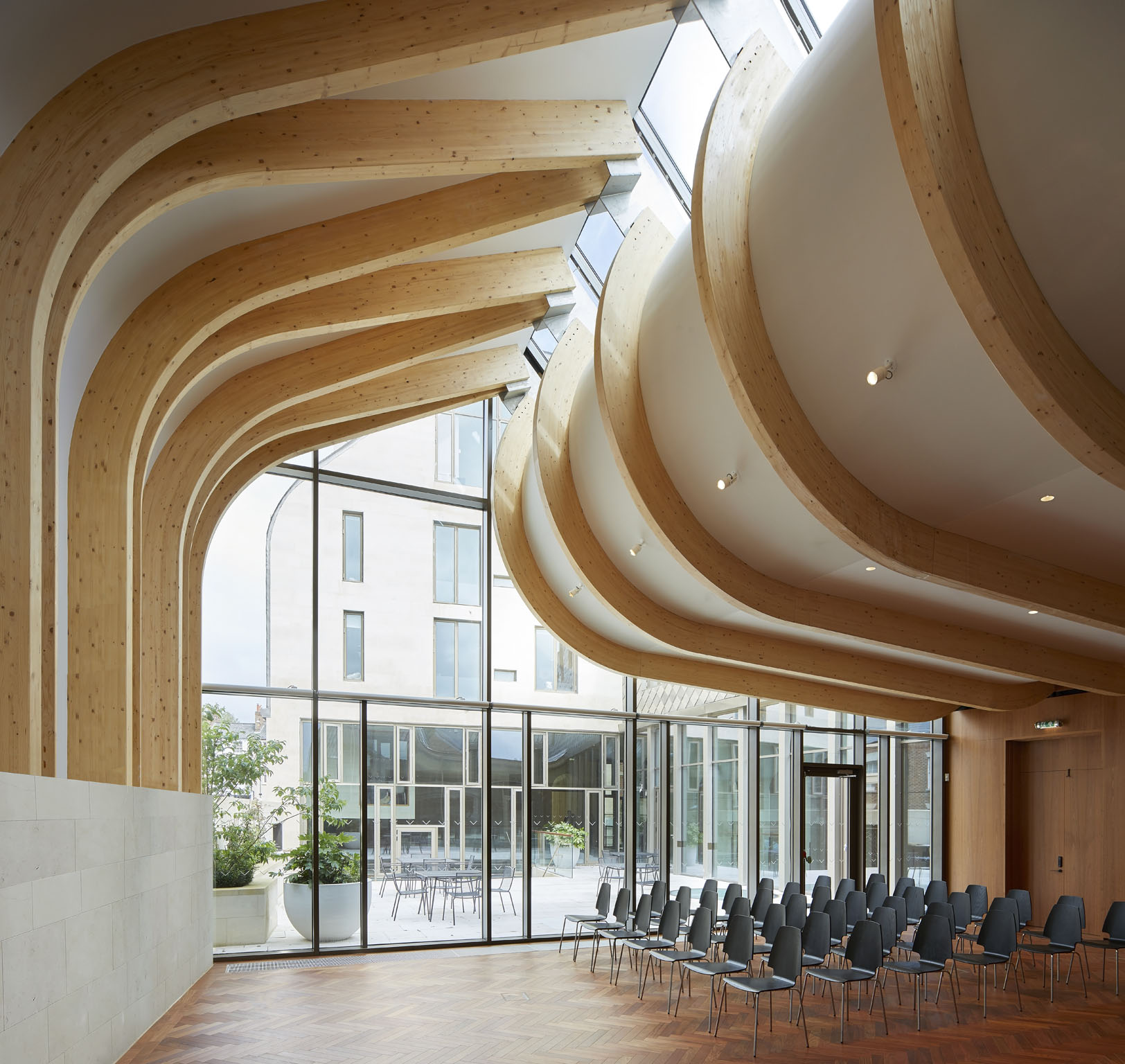
Exeter College Cohen Quad, Oxford by Alison Brooks Architects, Oxford, United Kingdom
You can already see what this shift looks like in practice. Many contemporary projects are turning to reclaimed materials that show their age rather than hide it. Imperfect wood, weathered stone and hand-shaped tiles are being chosen for the depth and texture they bring, rather than for a streamlined, flawless finish. These decisions are less about nostalgia than about making buildings feel connected to the rhythms of time and the specific qualities of their place.
Some projects take their cues directly from local traditions and landscapes, translating them into architecture that feels rooted without being imitative. Alison Brooks’ Cohen Quad at Oxford draws on the language of Gothic architecture, reworking its forms and proportions for contemporary academic life while acknowledging its historic surroundings. Many firms today are rethinking how materials can shape not just the appearance but the experience of a space. Kengo Kuma and Associates, for example, explore wood not merely as a structural element but as a way of building, using joinery, light and texture to create spaces that feel intimate and grounded, even at a large scale. This renewed attention to materiality reflects a wider shift toward designs that feel more connected, tactile and human.
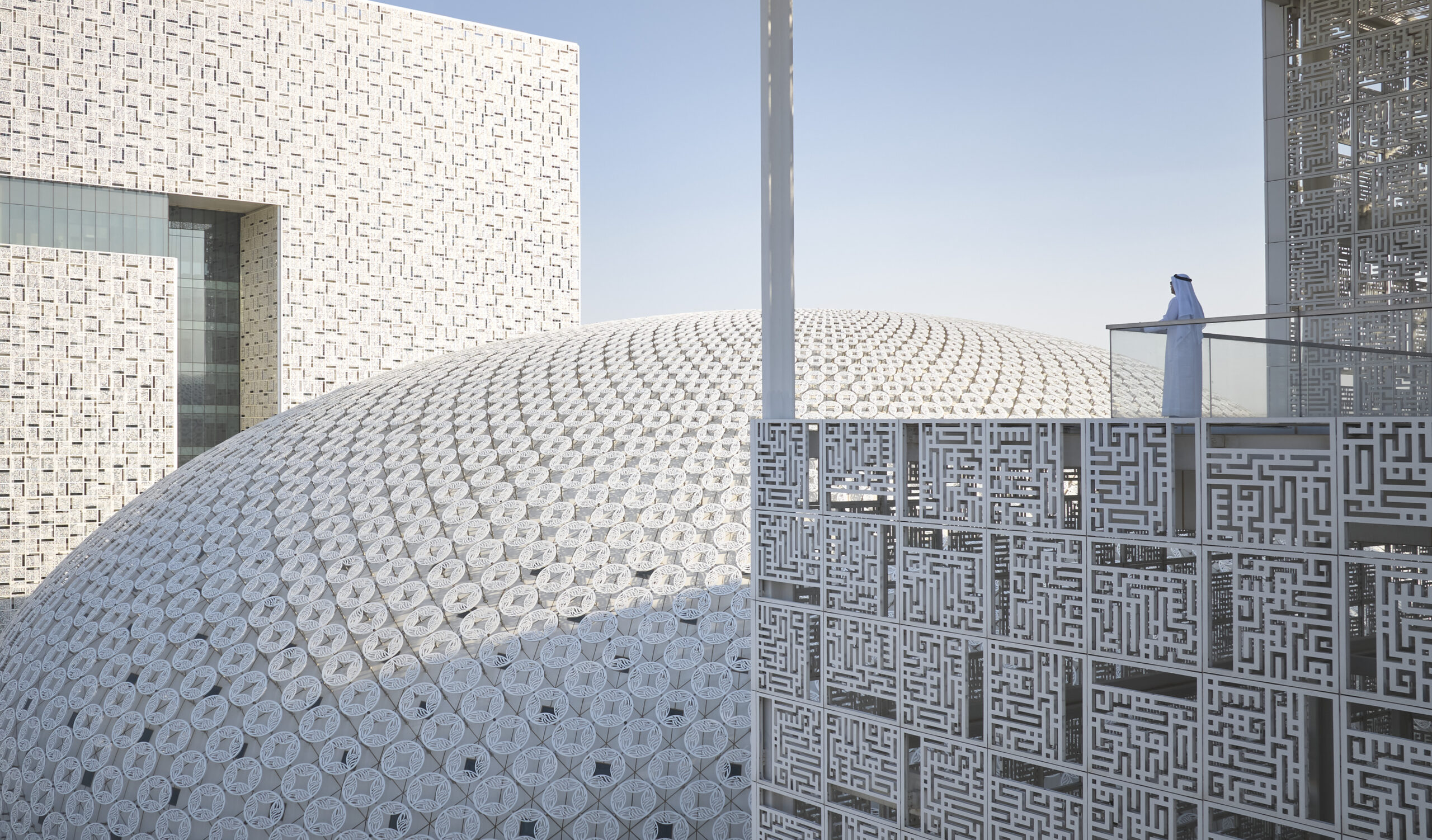
Kuwait University by Skidmore, Owings & Merrill (SOM), Kuwait | Jury Winners, 13th Annual A+Awards, Architecture +Facades
The 2025 A+Award winners showcase this mindset across many categories, proving that craft, context and care have returned to the conversation about what makes architecture meaningful. Across the board, we see architects turning to locally sourced materials, drawing on traditional techniques and collaborating closely with craftspeople and artists to create work that feels connected to its place. These projects show how design can leave behind more than just buildings by fostering skills, supporting local economies and reinforcing cultural identity through the very process of making.
And while such projects may not command attention the way a dramatic skyscraper does (or, at this point, used to), they mark a quiet shift toward buildings that are rooted, responsive and willing to embrace imperfection.
Where Might This Go?
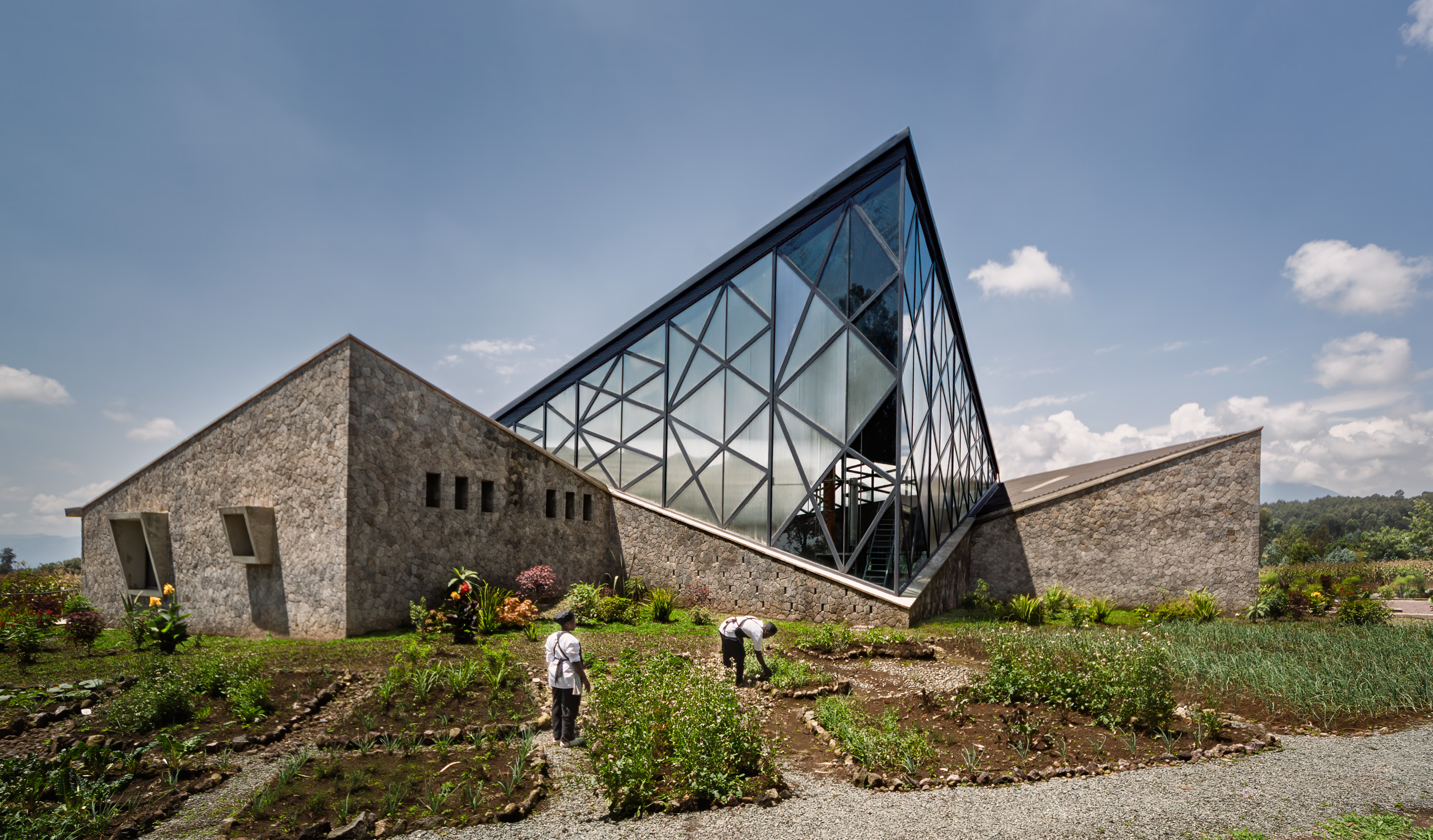
Virunga Mountain Spirits Distillery by BE_Design, Musanze, Northern Province, Rwanda | Jury Winner and Popular Choice Winner, 13th Annual A+Awards, Architecture +Low Cost Design
It is too soon to say whether Romanticism 2.0 will grow into a dominant force in architecture or remain a quiet countercurrent. What is clear, however, is that its underlying impulse to make buildings more humane, more connected and more specific to their place speaks to needs that are only becoming more urgent.
The challenge ahead will be finding ways to balance the efficiencies of technology with the care and intention of craft, ensuring that progress does not come at the expense of meaning. The signs of that balance are already here. What remains is to see how far the profession is willing to take them.
The winners of the 13th Architizer A+Awards have been announced! Looking ahead to next season? Stay up to date by subscribing to our A+Awards Newsletter.
The post Romanticism 2.0: Arts and Crafts in the Age of Algorithms appeared first on Journal.










![Tanpopo Restaurant / TRAIL [practice]](https://images.adsttc.com/media/images/6942/797e/c3f4/d500/0127/6d68/medium_jpg/1497_TANPOPO___Margarita_Nikitaki_3000px.jpg?1765964192#)




















